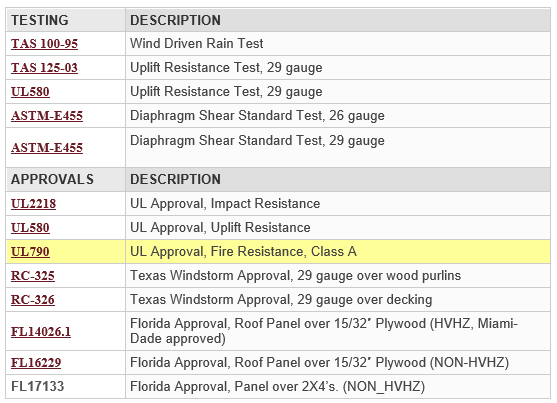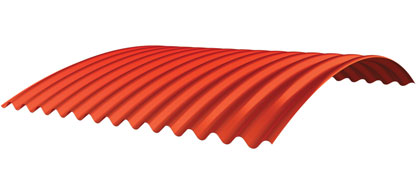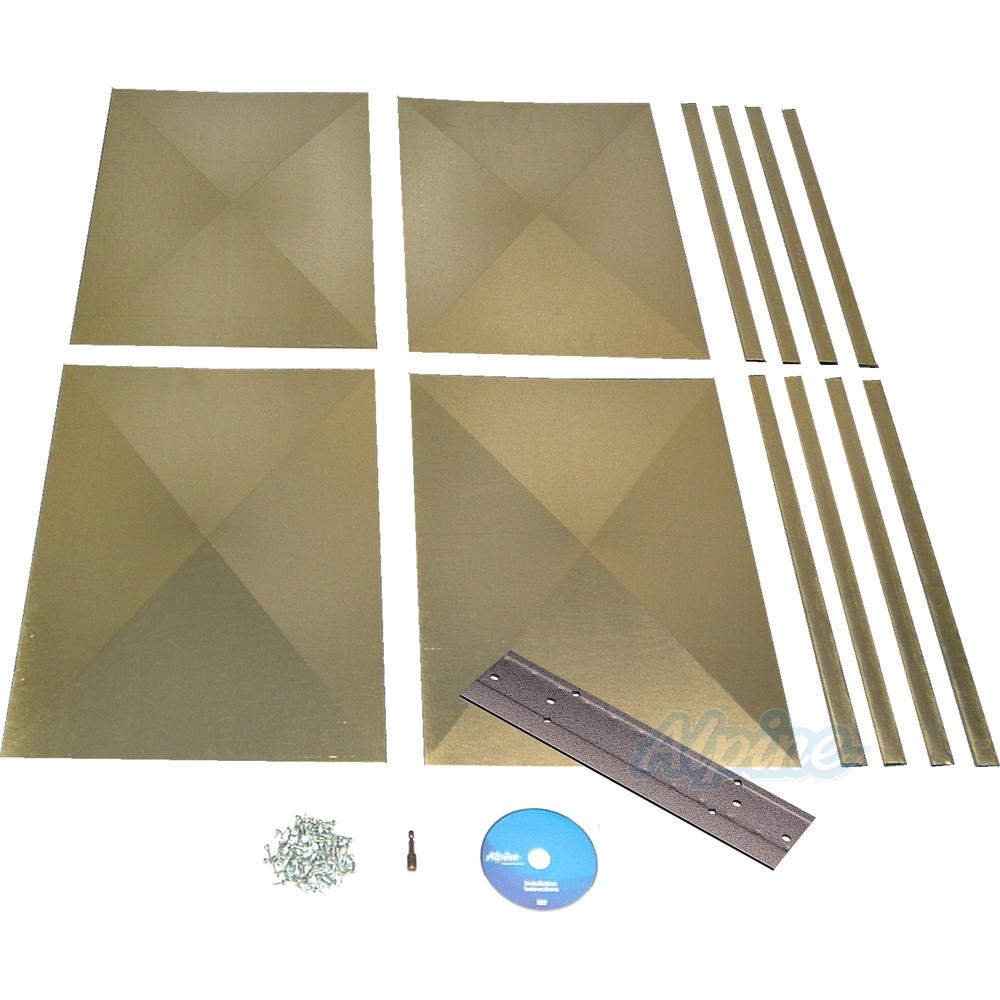29 Gauge Sheet Metal Fire Rating

Steel siding or brick optional not shown for fire resistance ratings from inside wall only steel siding or brick veneer meeting the requirements of local code agencies may be installed over additional furring channels not shown item 4 on exterior of wall in place of steel wall panels.
29 gauge sheet metal fire rating. When 28 gauge steel deck is used the restrained assembly rating 1 1 2 hr. But when it is used one on each side of a properly framed wall it can become a fire rated wall. For example standard 29 gauge steel roofing made in long panels is about 0 36 millimeters thick and the 26 gauge version is slightly thicker at 0 48 millimeters. Manufacturers express the thickness of metal panels as their gauge with 22 gauge being the thickest and 29 gauge the thinnest of traditionally sold metal roof and wall panels.
For example a 26 gauge steel panel can range between 0 0179 and 0 0217 inches thick according to a university. If you are unfamiliar with ul fire resistance ratings begin with a review of meeting code requirements pg. Metal roof systems are required to be fire classified because of the concern about the combustibility of the materials under the metal panels. 36 strata rib 29 gauge.
Fire resistance ratings for proprietary designs could be found in special directories published by respective testing laboratories e g. I am not aware of a fire rated wall assembly using sheet metal. 2 1 2 corrugated 29 gauge. Each gauge represents a nominal decimal range.
As explained there these ratings are applied to certain types of roof ceiling and floor ceiling construction assemblies which are tested and assigned hourly ratings mandated by building codes or other building safety requirements. 36 nor clad 29 gauge. Fire ratings are based on an assembly. When 9 16 inch steel deck is used the restrained assembly rating 1 1 2 hr.
Sheet metal penetrations are used in rated assemblies and when correctly fire caulked. Asce sfpe 29 99 standard calculation methods for structural fire protection structural engineering institute of the american society of civil engineers reston va 1998. The gauge of a metal roof refers to its thickness and the higher the gauge the thinner the metal.













































